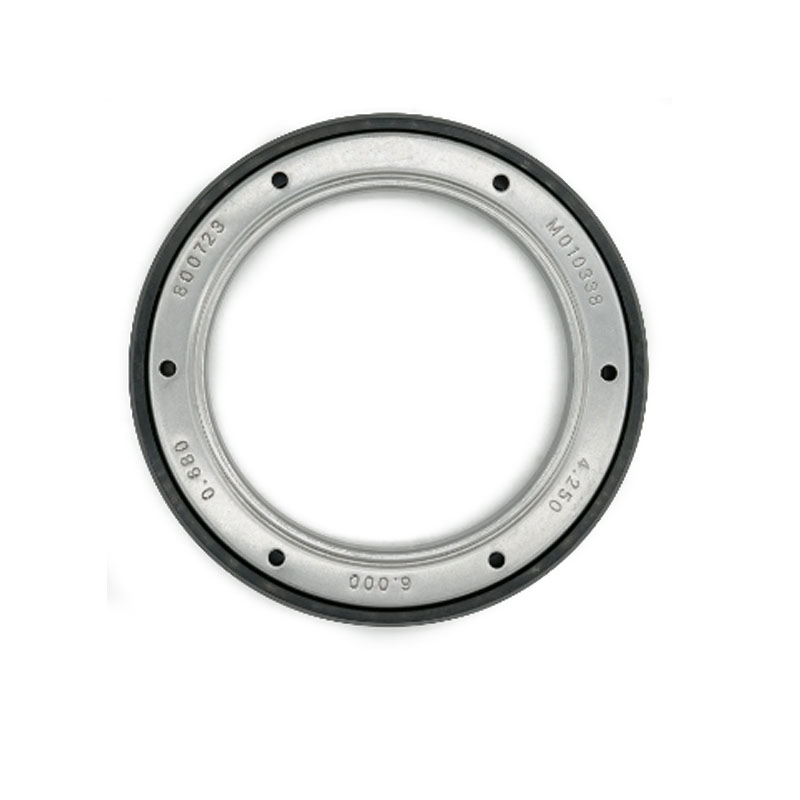Exploring the Benefits and Applications of Rack and Pinion Seals in Machinery
Understanding Rack and Pinion Seals Essential Components for Mechanical Systems
Rack and pinion systems are critical components in various mechanical applications, including automotive steering mechanisms, industrial machinery, and robotics. These systems convert rotational motion into linear motion, making them essential in applications where precise movement is required. However, like any mechanical system, they rely heavily on seals to maintain functionality and prolong the lifespan of the components involved.
What Are Rack and Pinion Seals?
Rack and pinion seals are specialized seals designed to prevent the leakage of fluids and contaminants in rack and pinion systems. Typically made from elastomeric materials, these seals provide a barrier between moving parts and the external environment. By preventing the entry of dirt, debris, and moisture, seals help maintain the integrity of lubrication within the system, thereby reducing wear and tear on critical components.
Types of Seals Used in Rack and Pinion Systems
There are various types of seals utilized in rack and pinion systems
. The most common include1. O-Rings O-rings are circular seals that sit in a groove and create a tight fit against a mating surface. They are versatile and used in many applications due to their simplicity and effectiveness in preventing leakage.
2. U-Cup Seals U-cup seals are shaped like a U and are typically employed in dynamic applications. They provide excellent sealing capabilities against hydraulic and pneumatic fluids, making them favorable in systems that experience high pressures.
rack and pinion seals

3. Lip Seals These seals feature a lip that makes contact with the rod or shaft. Lip seals are highly effective in keeping fluids contained while allowing for some level of movement, making them suitable for rack and pinion applications.
4. Custom Seals Depending on specific requirements, manufacturers may produce custom seals tailored to the dimensions and performance needs of a particular rack and pinion system.
Importance of Quality in Seals
The quality of the seals used in rack and pinion systems cannot be understated. Low-quality seals may lead to premature failure, causing fluid leaks that compromise the performance and durability of the entire assembly. This can result in increased maintenance costs, reduced efficiency, and even catastrophic system failures.
Choosing seals made from high-quality materials, such as fluoropolymer or nitrile rubber, can enhance resistance to temperature fluctuations, chemical exposure, and wear. Furthermore, proper installation is crucial; even the best seals can fail if not installed correctly.
Conclusion
In conclusion, rack and pinion seals play a vital role in ensuring the proper functioning of mechanical systems that rely on these components. Their primary purpose is to prevent the leakage of fluids and protect moving parts from external contaminants. By understanding the types of seals available and the importance of quality in seal selection, engineers and operators can prolong the life of rack and pinion systems, enhance performance, and reduce maintenance costs. As applications become more demanding, investing in reliable sealing solutions will remain essential for the longevity and efficiency of these critical mechanical systems.
-
Simplifying Oil Changes: A Comprehensive Guide to Oil Drain Plugs and Their Variants
News Aug.04,2025
-
Mastering Oil Drain Maintenance: Solutions for Stripped, Worn, and Upgraded Oil Plugs
News Aug.04,2025
-
Fixing Oil Pan Plug Issues: Leaks, Stripped Nuts, and the Right Replacement Solutions
News Aug.04,2025
-
Everything You Need to Know About Oil Drain Plugs: Sizes, Fixes, and Upgrades
News Aug.04,2025
-
Choosing the Right Oil Drain Plug: A Guide to Sizes, Materials, and Drain Innovations
News Aug.04,2025
-
A Complete Guide to Automotive Drain Plugs: Types, Problems, and Innovative Solutions
News Aug.04,2025
-
The Ultimate Guide to Car Repair Kits: Tools and Essentials Every Driver Should Own
News Aug.01,2025
Products categories















